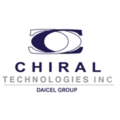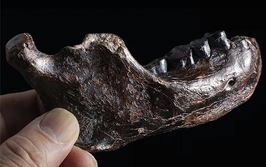Standard-Setting Chiral Stationary Phases

contributed by Chiral |
Introduction
Chiral amino acids represent a vast array of diverse structural components that are essential for development of peptide-derived drugs. Our recently introduced zwitterionic stationary phases, CHIRALPAK® ZWIX(+) and ZWIX(-), can serve as important tools to help accelerate drug discovery and development of target peptides.
As potential therapeutics, peptides offer higher specificity and lower toxicity profiles than small molecules. However, peptides are susceptible to degradation by natural proteases. This can be easily overcome by synthesising peptides that contain D-amino acids, which are not recognised by proteases, thereby making the peptides resistant to the degradation. Analyses of underivatised D/L-amino acids, as building blocks of peptide- derived drug targets, are therefore necessary to ensure enantiomeric purity of the final products.
Examples of separations of di- and tri-peptides, utilising CHIRALPAK ZWIX stationary phases, are shown in Figure 1 and Figure 2.
Log in or register to read this article in full and gain access to The Analytical Scientist’s entire content archive. It’s FREE!

















